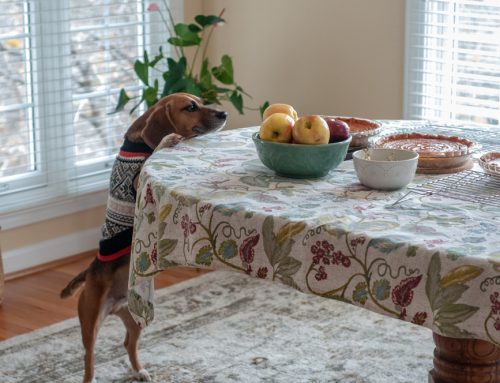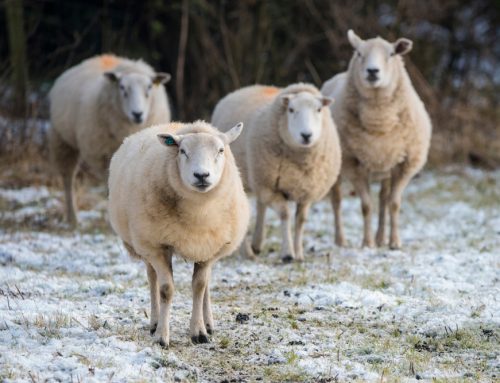Remove them?
A topic on the veterinary boards lately has been the ethical or unethical nature of removing extra teats on dairy does. Here are some of the thoughts
Extra teats are clearly separate and distinct from the main teats. These teats are usually located behind the main teat and are much smaller. When they are seen in bucks they are usually in front of the scrotum.
Extra teats are considered a serious defect in the American Dairy Goat Association (ADGA) rulebook. A doe with an extra teat will be placed lower in the show ring. Removing extra teats on dairy calves is still a routine procedure. To disqualify a heifer because of extra teats is not justified economically or for maintaining breeding soundness. The possibility of discontinuing bull lines that transmit this trait is not an issue. Goats are another matter; the dairy goat people have taken more after dog breeders when it comes to rules for extra teats. Many would argue that in commercial goat dairy situations it is also NOT economically justified to cull a weaned kid that has an extra teat. If a commercial dairy can actually wean a healthy live kid that is acclimatized to a large herd situation are we going to recommend culling it for something as trivial as an extra teat? Of course this would be a grade-unregistered animal at a commercial dairy that would not be contributing to the gene pool of ADGA registered stock. Others argue that removing extra teats may allow a future owner to use the goat towards American status kids and the genes could enter the ADGA herd books that way. Thus, to be absolutely sure that this defect doesn’t genetically enter registered stock’s gene pool eating or euthanizing it yourself is only absolute answer.
Very often these extra teats do not interfere with milking but they can. These teats can be removed easily while the kid is young. When we remove these teats we have to be sure to remove them in a front to back direction (not side to side) so that the scar blends with the normal folds of the udder. One risks taking off the wrong teat when removing supernumerary teats in young stock. Some does have had blind halves when they freshened because someone removed the wrong teat..
Extra teats must be differentiated from bifid teats. These are also called fused teats or forked teats. These teats always have teat sphincters and orifices. These teats are an issue for milking and nursing and are universally considered a defect and surgical correction is unethical. Culling for fused teats is recommended.
As an owner and breeder you have to make the choice regarding extra teats.







Leave A Comment